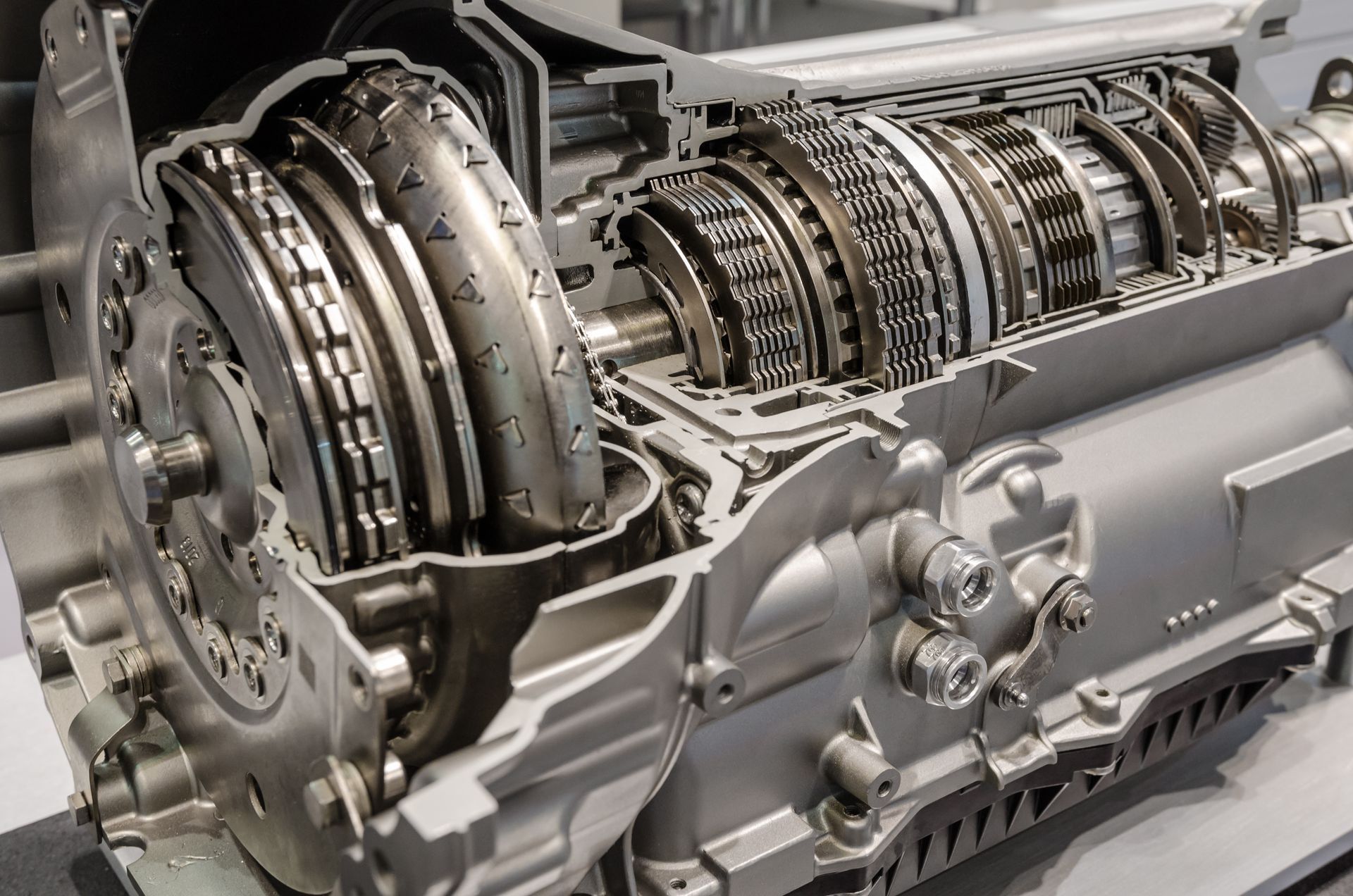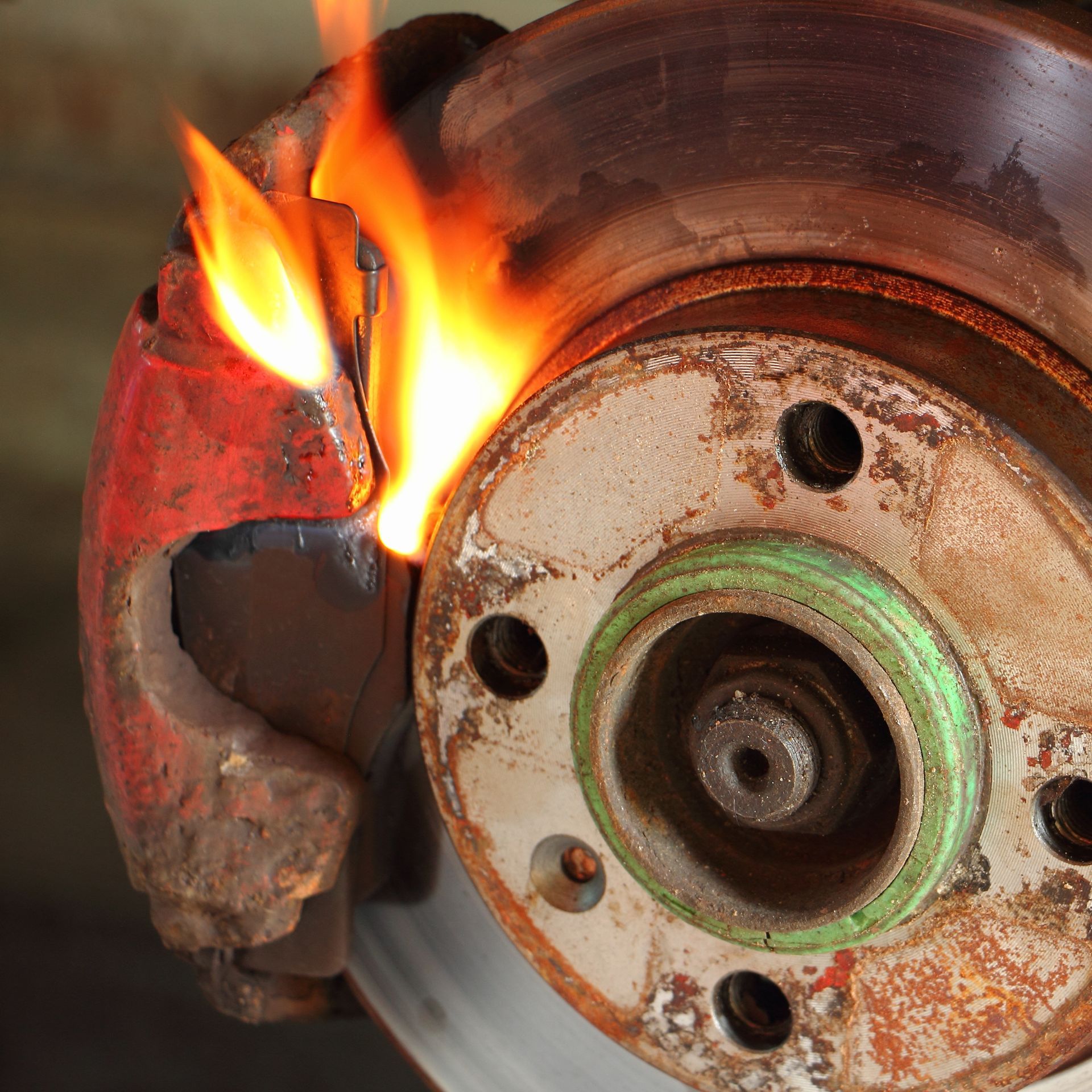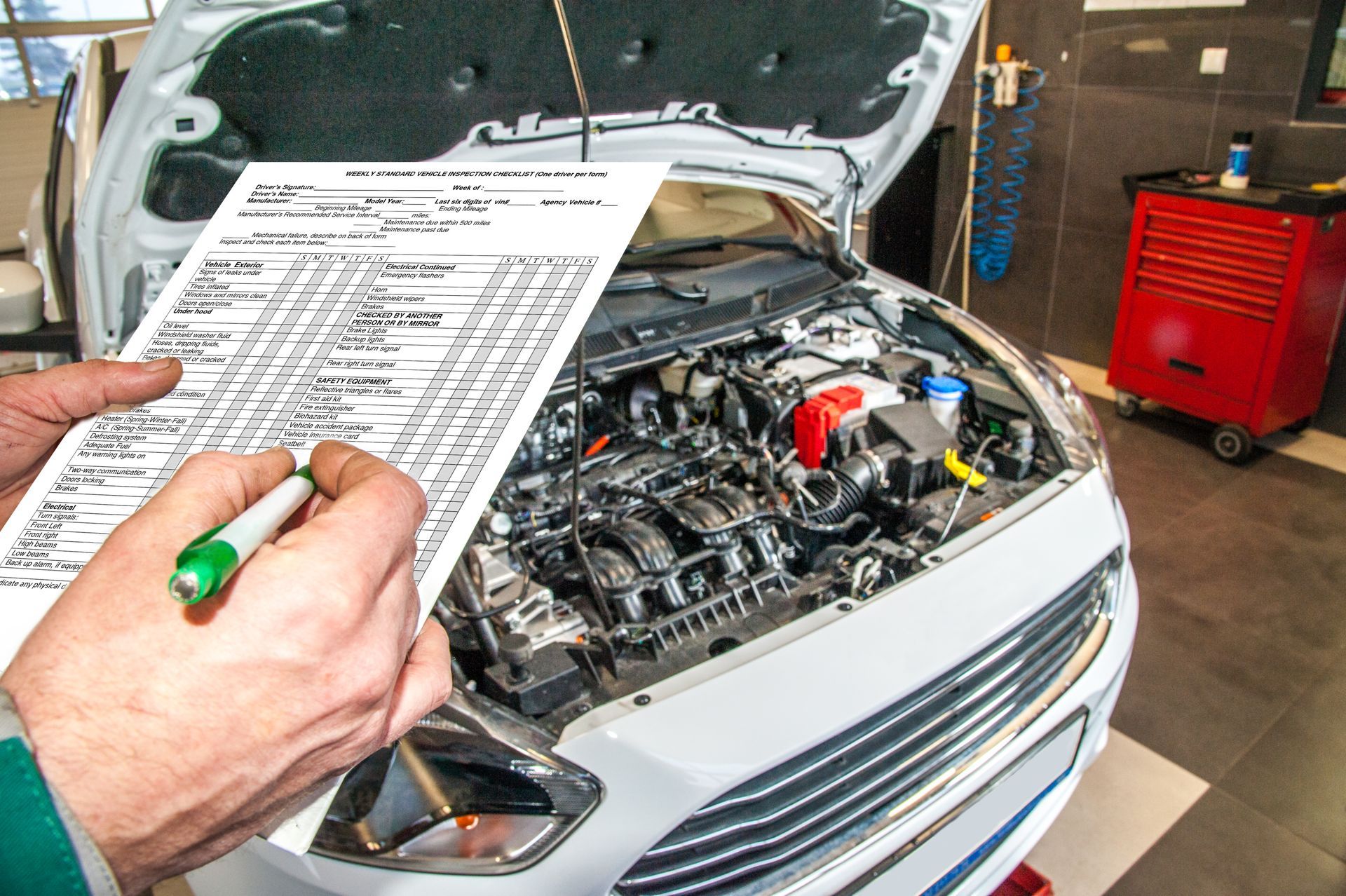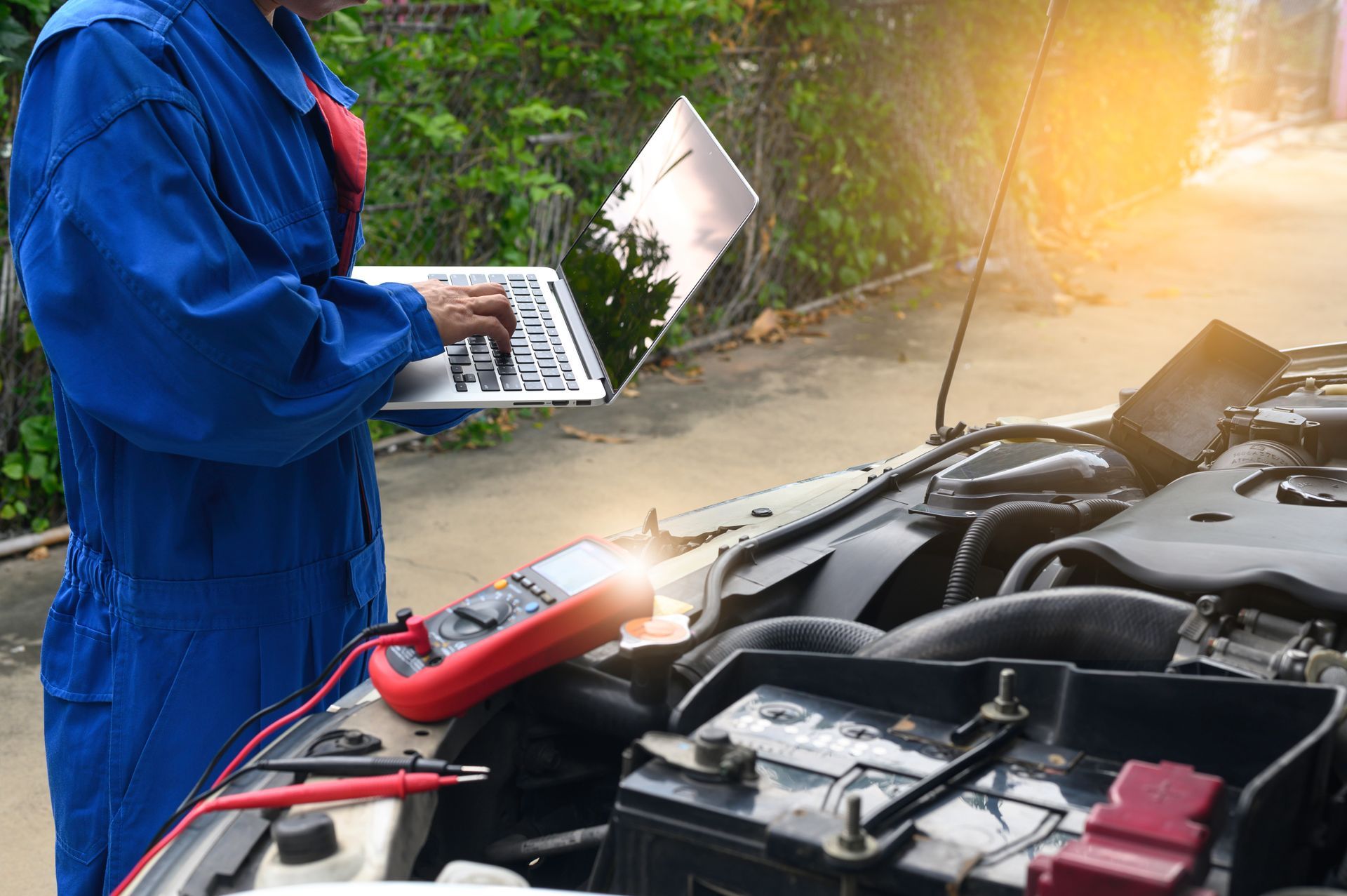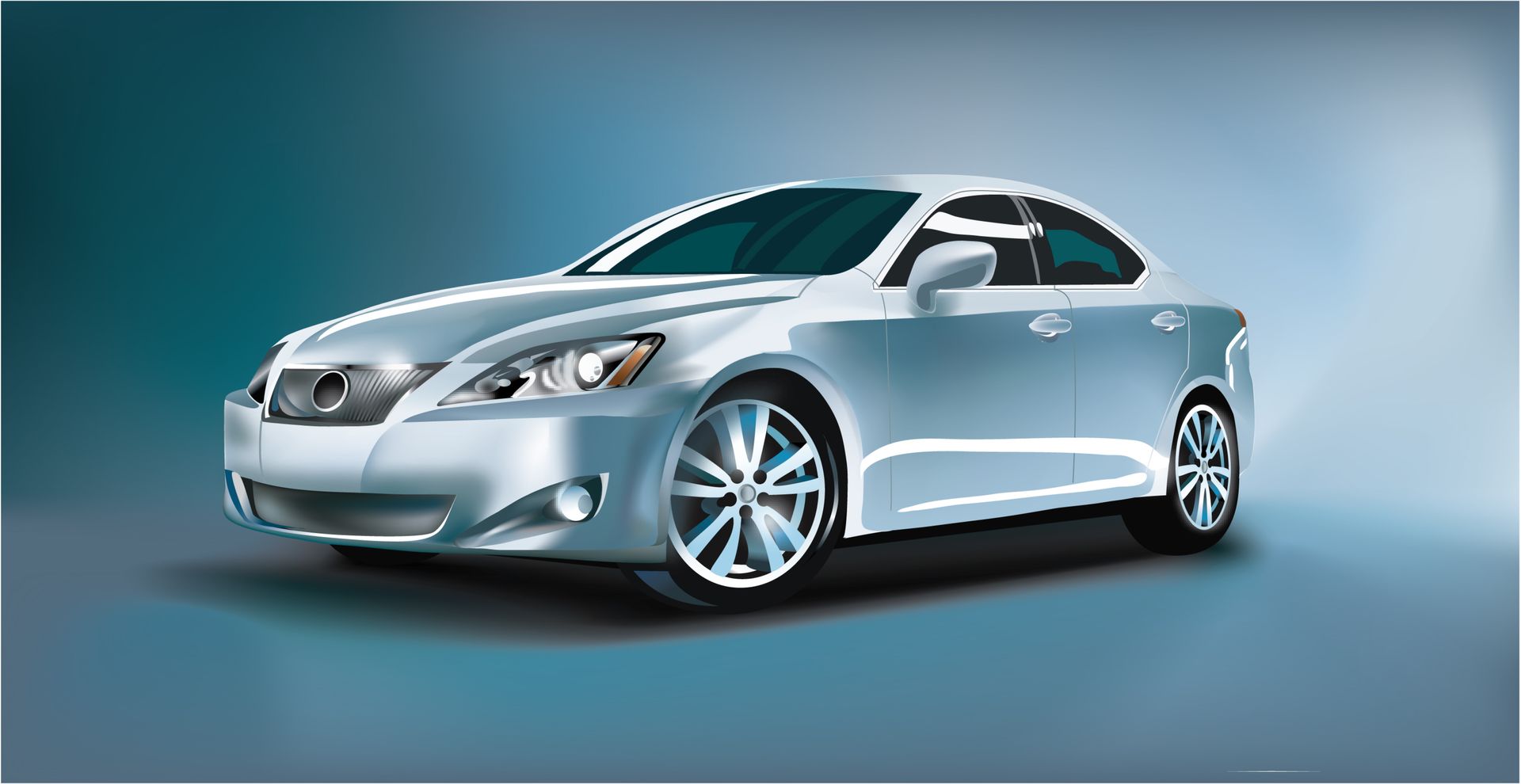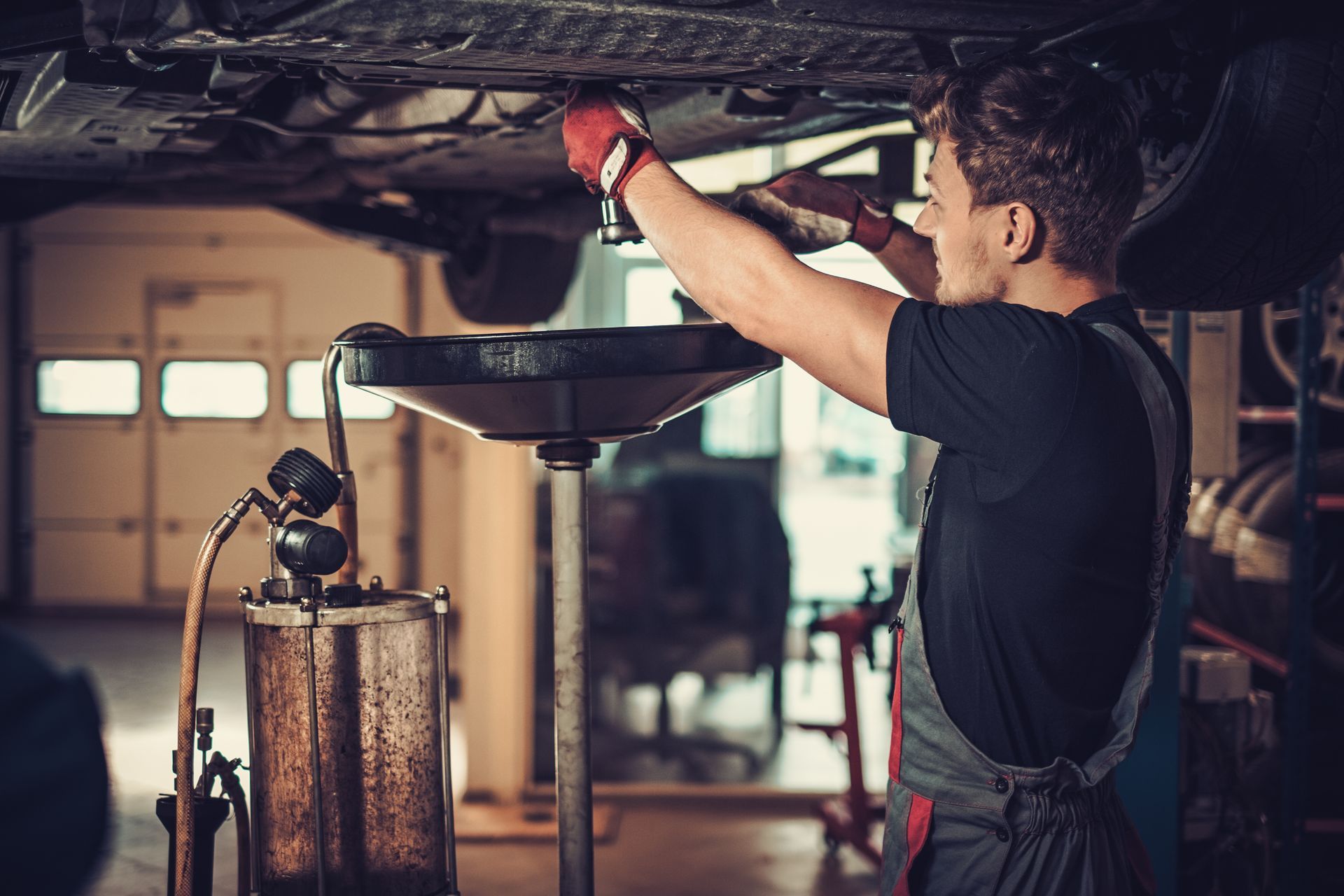Your car’s thermostat has a straightforward job: regulate engine temperature by controlling the flow of coolant between the engine and the radiator. But when this small part stops working properly, it can throw your whole cooling system out of balance. A stuck thermostat in the open or closed position can lead to a range of performance issues and, if ignored, serious engine damage.
In a city like Los Angeles, where heat and traffic go hand-in-hand, cooling system issues can escalate quickly. Here’s what happens when your thermostat gets stuck, and how to recognize the signs before things get worse.
The Thermostat’s Role in Engine Temperature
The thermostat acts like a gatekeeper. When the engine is cold, it stays closed, allowing the engine to warm up faster. Once the engine reaches its optimal operating temperature, the thermostat opens and allows coolant to flow through the radiator to help manage excess heat.
This constant regulation keeps your engine running efficiently. If the thermostat fails and stays stuck open or closed, the system either cools too much or not enough, both of which cause problems.
What Happens If It Stays Stuck Open
When a thermostat is stuck open, coolant is allowed to flow freely through the system, even when the engine is cold. That might sound like a good thing, but it actually prevents the engine from reaching its ideal operating temperature.
You may notice the heater blowing cooler air than expected, even when it’s set to high. Fuel economy can also drop, since modern engines rely on hitting a certain temperature for efficient combustion. In colder weather or early morning commutes, it may take much longer for the engine to warm up at all.
This condition might not cause immediate damage, but it does lead to reduced performance and added strain over time, especially for those who make frequent short trips around town.
What Happens If It’s Stuck Closed
A thermostat stuck in the closed position is a more urgent issue. Without a path for coolant to circulate through the radiator, the engine heats up quickly. In a matter of minutes, the temperature gauge can rise into the danger zone, and steam may start escaping from under the hood.
The consequences of overheating are serious. Prolonged exposure to high temperatures can warp cylinder heads, blow head gaskets, and damage internal components. If your engine is running hot and you suspect the thermostat is stuck closed, it’s important to pull over, shut off the engine, and let it cool.
How to Spot Thermostat Trouble Early
A malfunctioning thermostat may not trigger a check engine light right away, but there are subtle signs to watch for. If your temperature gauge behaves erratically—dropping too low or rising too high without clear reason—it may be the thermostat. You might also notice your heater isn’t working as well, or that the car seems to struggle more in traffic or on steep hills.
In Los Angeles, stop-and-go driving adds stress to the cooling system. If your engine gets unusually hot in traffic but cools down once you start moving, thermostat failure could be part of the problem.
What a Thermostat Replacement Involves
Replacing a thermostat is generally a straightforward repair. The technician will drain some of the coolant, remove the old thermostat and gasket, and install a new unit. After refilling the coolant, they’ll bleed the system to remove air pockets and test for proper operation.
It’s also a good time to inspect the rest of the cooling system, including the radiator, water pump, hoses, and coolant quality. Sometimes thermostat failure is a symptom of a larger issue, like low coolant or clogged passages.
One Stop Auto Care – Cooling System Repair You Can Trust in Los Angeles, CA
At One Stop Auto Care in Los Angeles, we’ve helped countless drivers solve overheating problems and restore proper engine performance. Whether your thermostat is stuck, your heater’s gone cold, or your temperature gauge won’t settle, our team will find the issue and get you back on the road with confidence.
Don’t ignore the signs—schedule your visit today and keep your engine running cool in every kind of traffic.

